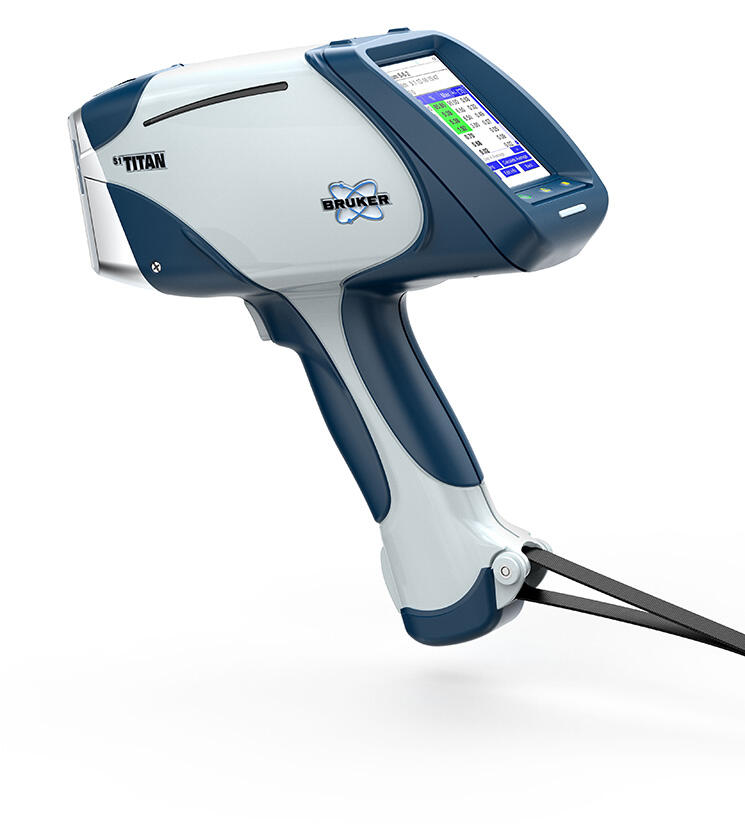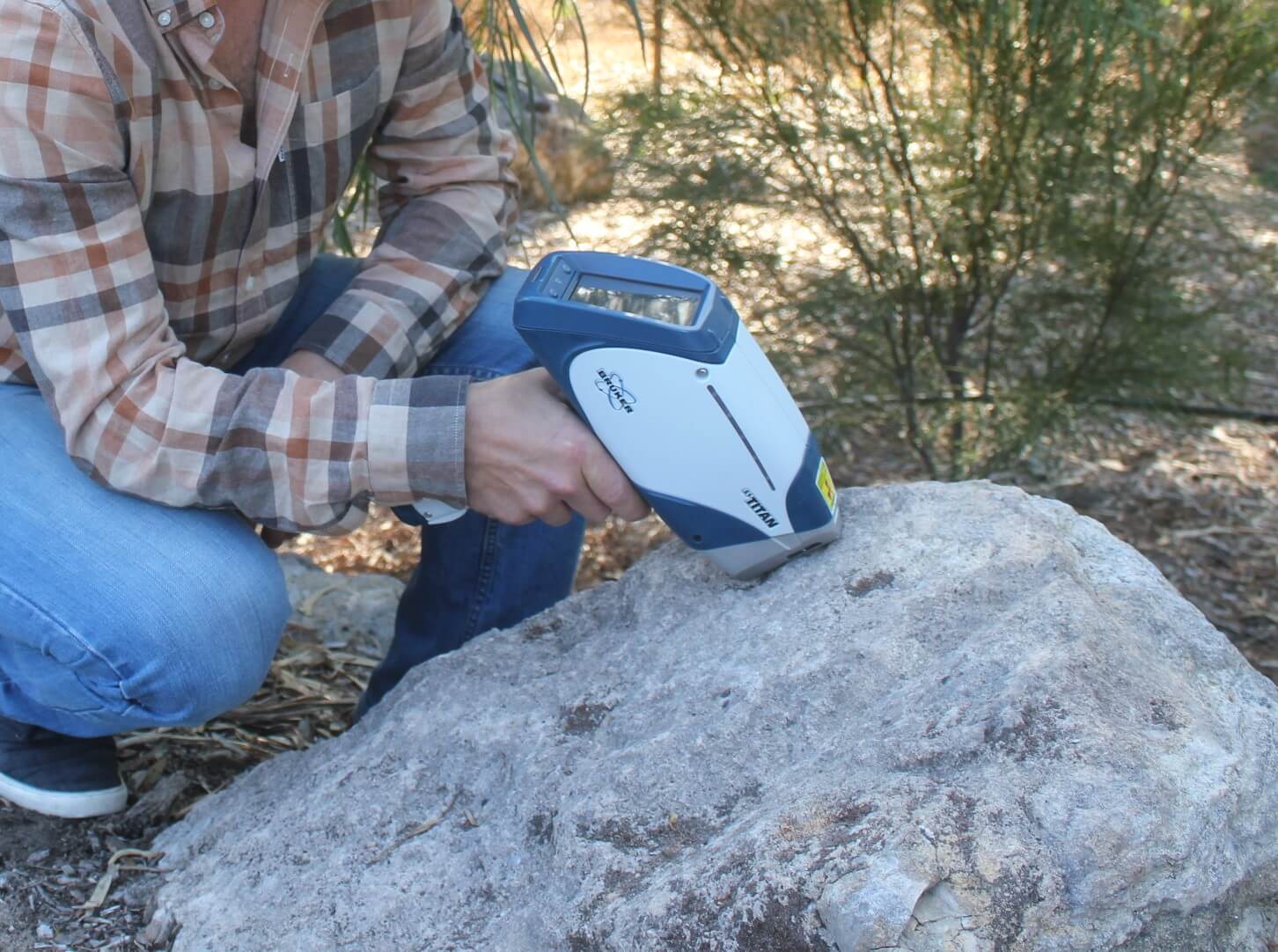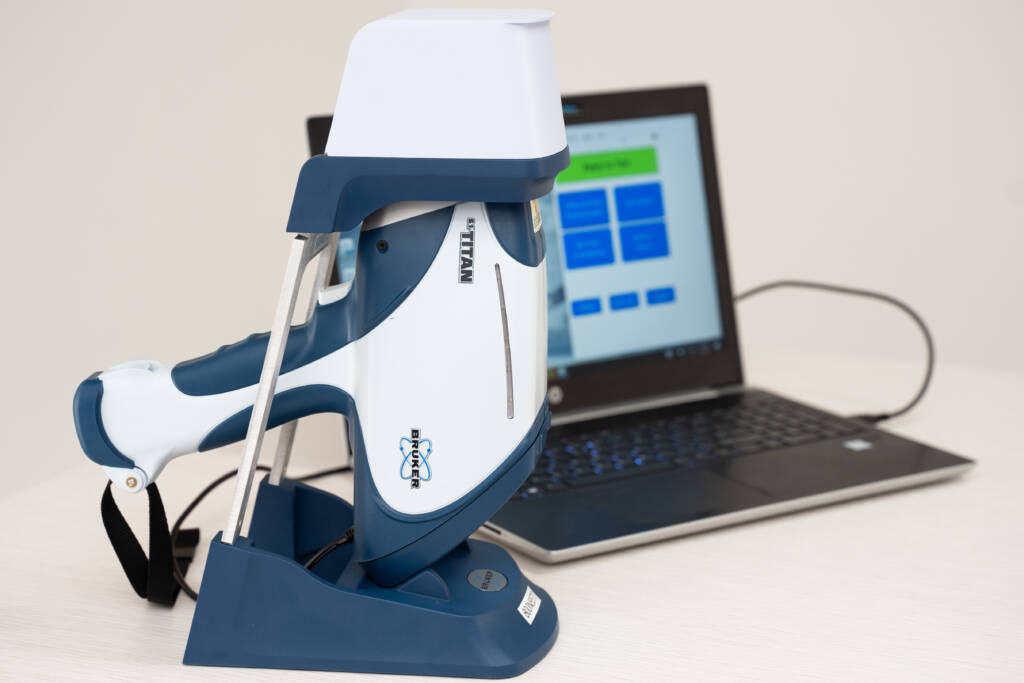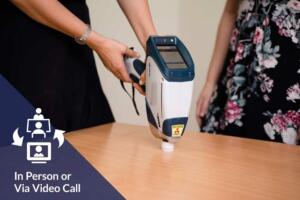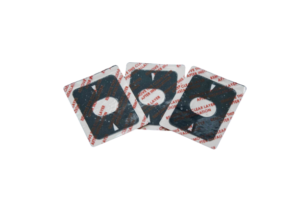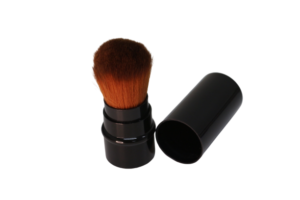Bruker S1 TITAN XRF
From $170.00 - $535.00 Unit Price
S1 TITAN portable XRF
Day based pricing : Bruker S1 TITAN 800
1 - 2 days :
$535.00 / Day
3 - 6 days :
$415.00 / Day
7 - 13 days :
$335.00 / Day
14 - 29 days :
$310.00 / Day
30 - 89 days :
$280.00 / Day
90 - 179 days :
$230.00 / Day
180 - 360 days :
$215.00 / Day
361 - 366 days :
$170.00 / Day
Description
Additional information
| Weight | 10 kg |
|---|---|
| Dimensions | 54 × 41 × 21 cm |

